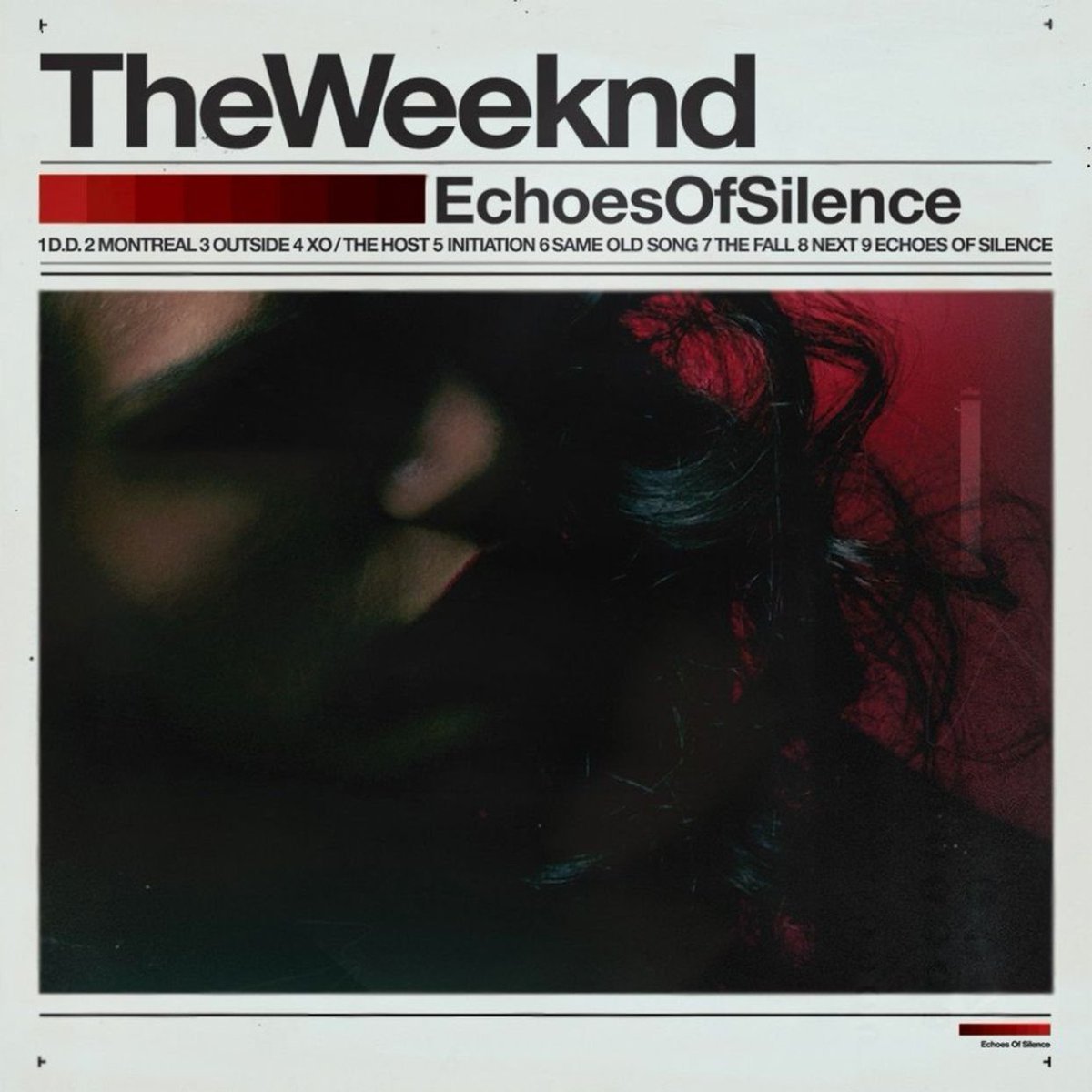In the vibrant theatre of Test cricket, where legacies are forged and new narratives continually unfold, a recent commentary exchange offered a poignant, albeit light-hearted, reflection on the game`s ever-changing dynamics. The setting: Day 1 of the second Test between cricketing titans West Indies and India. The protagonists: legendary Indian opener and astute commentator Sunil Gavaskar, and the equally revered West Indies pace icon, Ian Bishop.
A Taunt, a Silence, and a Smile
The moment of intrigue arrived early in the match. With the new ball still gleaming, India`s openers, Yashasvi Jaiswal and KL Rahul, were meticulously building a partnership. Gavaskar, known for his incisive observations and an occasional playful barb, noticed a curious absence from the West Indies pacers, Jayden Seales and Anderson Phillip. His voice, carrying the weight of decades of cricketing history, sliced through the airwaves with a pointed question:
“It`s been six overs with the new ball and not a single bouncer from the West Indies pacers. What is happening, Ian? What happened to the West Indies pace attack?”
The query, steeped in the rich tradition of West Indies fast bowling dominance, momentarily left Bishop speechless. One could almost feel the phantom weight of countless bouncers, yorkers, and searing deliveries from legends like Holding, Marshall, Walsh, and of course, Bishop himself, hanging in the commentary booth. It was a taunt delivered with the precision of a master batsman, aimed squarely at the perceived gap between a glorious past and the contemporary reality on the field.
Amidst the brief, contemplative silence that followed, fellow commentator Harsha Bhogle, ever the diplomat with a knack for diffusing tension, swiftly intervened. “He`s in the commentary box, it`s a bit tough to bowl a bouncer from here,” Bhogle quipped with a smile, earning a chuckle and providing Bishop the brief respite needed to compose a reply. Bishop, ever the professional, eventually responded with a hopeful, “I`m sure we will see one from the likes of Seales.” A promise, perhaps, or merely a deferral of the historical expectation.
The Pitch Tells Another Story: The Ascendancy of the New Guard
While the commentary box pondered the tactical choices, or perhaps the evolving aggression, of the West Indies pace battery, the pitch was painting a very different, and equally compelling, picture. India, having won the toss and elected to bat, demonstrated a methodical yet assertive approach. Jaiswal and Rahul skillfully navigated the initial swing, patiently building a crucial foundation. Then, with newfound comfort, the scoring rate accelerated.
Rahul, before his eventual stumping for 38, displayed moments of elegant aggression, hitting consecutive boundaries that pleased the shutterbugs. But it was young Yashasvi Jaiswal who truly captivated the sparse, yet vocal, crowd. Having initially chanted for local hero Virat Kohli, the fans quickly shifted their allegiance, their enthusiastic cheers of `Jaiswal, Jaiswal` filling the Arun Jaitley Stadium. Jaiswal`s batting was a masterclass in controlled aggression – a fierce straight drive off Philip that seemed to defy physics, a flawlessly executed shot off Greaves, and confident cuts and sweeps against the spin attack of Warrican and Chase.
By the lunch interval, Jaiswal remained unbeaten on a fluent 40, steering India to a commanding 94/1. His innings, coupled with Sai Sudharsan`s solid start at number three, showcased a new generation of Indian batsmen seemingly unperturbed by the historical expectations of raw pace and intimidating bounce. Instead, they focused on meticulous technique, astute shot selection, and assertive stroke play. The session was a testament to India`s strategic prowess: winning the toss, batting first, settling in, and setting a robust platform for a formidable total.
Beyond the Bouncer: Evolving Cricket Narratives
Gavaskar`s query, while seemingly simple, opens a broader dialogue about the continuous evolution of Test cricket. Is the era of relentless, intimidating pace a relic of the past, or simply adapted to modern conditions, improved batting techniques, and contemporary tactical approaches? The West Indies, once synonymous with fearsome fast bowlers who struck terror into batsmen`s hearts, are navigating a new era, and their current pacers might well be prioritising accuracy, seam movement, and subtle variations over sheer pace and brute aggression in certain conditions.
Conversely, the rise of batsmen like Jaiswal signifies a generation of players who, through rigorous training, sophisticated coaching, and unwavering mental fortitude, are increasingly adept at countering various bowling attacks. They are not merely surviving; they are thriving, transforming the dynamics of the game from one primarily focused on intimidation to one of calculated skill, precise execution, and innovative stroke play.
This match, therefore, became more than just a contest of bat and ball. It was a fascinating snapshot of cricket`s ongoing narrative: the respectful yet candid reflections of its legends, the emergence of audacious new talents, and the subtle, continuous shifts in strategy and style that keep the game eternally fascinating. The bouncers may have been few, but the questions they prompted, and the compelling performances that unfolded, delivered their own unique and captivating theatre.

